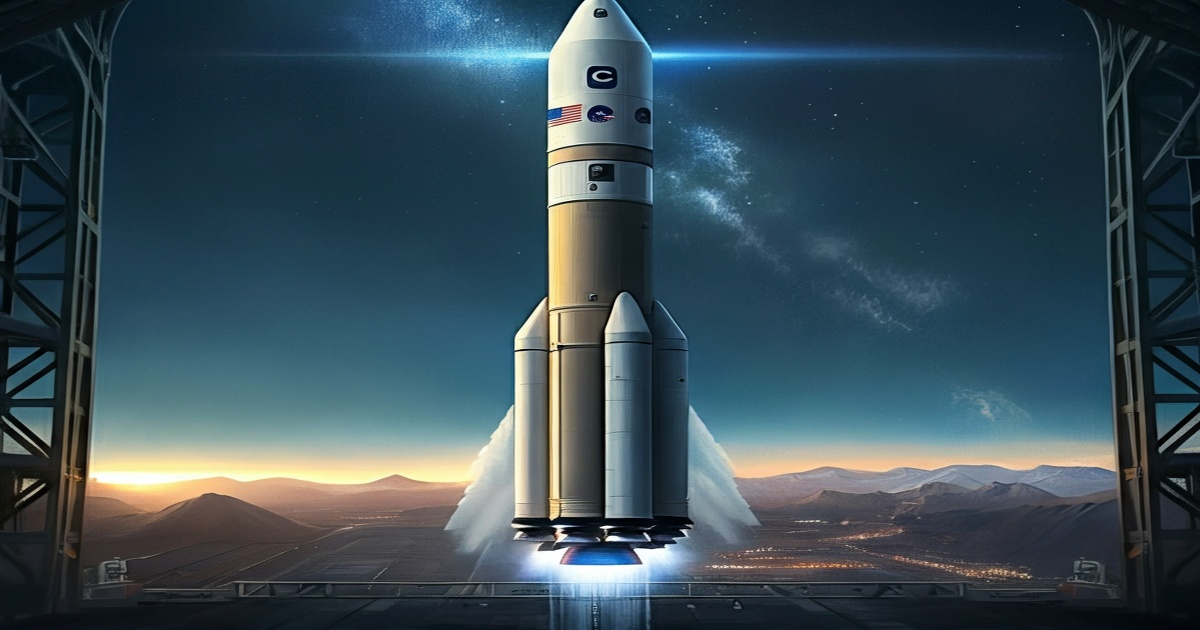The China Aerospace Science and Technology Corporation (CASC) announced on March 18 that one of its commercial rocket subsidiaries has accomplished a crucial test of the second-stage propulsion system for a reusable launch vehicle. This achievement represents a significant leap in the development of reusable engine technology pertinent to China's commercial space industry, enhancing their competitive edge in the international arena.
The YF-102V engine, which operates on an open-cycle liquid oxygen-kerosene system, is specifically designed for the second stage of cost-effective, medium-sized launch vehicles. This engine boasts capabilities such as multiple restarts and bidirectional gimbaling, which contribute to its high performance and favorable thrust-to-weight ratio, ultimately reducing costs and allowing for large-scale access to space while ensuring both economic viability and reliability.
During the test, the engine exhibited exemplary performance by successfully executing multiple restarts, igniting properly, and showing adaptability to various inlet parameters, as well as maintaining a prolonged pre-cooling capability. After two and a half years of development and overcoming numerous technical hurdles, the research team has deemed the engine ready for deployment, with plans for its first commercial flight mission in the near future.
Additionally, on April 2, 2023, CASC’s Sixth Academy provided three 85-ton open-cycle liquid oxygen-kerosene engines for the first stage of a commercial launch vehicle that successfully completed its inaugural flight, achieving various domestic records. As the demand for liquid rocket engines continues to rise, multiple commercial space companies are increasingly adopting liquid oxygen-kerosene and liquid oxygen-methane engines as their primary propulsion systems. To further enhance the integration of liquid rocket engine technology within the commercial space sector, the CASC intends to fast-track development processes.
In Baoji city, located in Northwest China's Shaanxi Province, an advanced assembly line for liquid rocket engines is being established, with production anticipated to commence by the end of March. Once operational, this facility is projected to manufacture 300 engines per year, which translates to one engine being produced every 1.2 days, thereby positioning China advantageously in the global commercial space market.







5 Comments
Leonardo
Focusing only on medium-sized launch vehicles limits their market. What about heavy lifters?
Raphael
This is fantastic news! Reusable rockets are the future, and China is clearly making significant strides.
Donatello
Reusability is great, but what about the launch cadence? Can they relaunch quickly enough to stay competitive?
Michelangelo
Commercialization claims? I'll believe it when I see long-term, consistent commercial launches. Show me the money!
Raphael
The propaganda machine is working overtime again, it won't beat other countries in space, but it is still a good step to take.